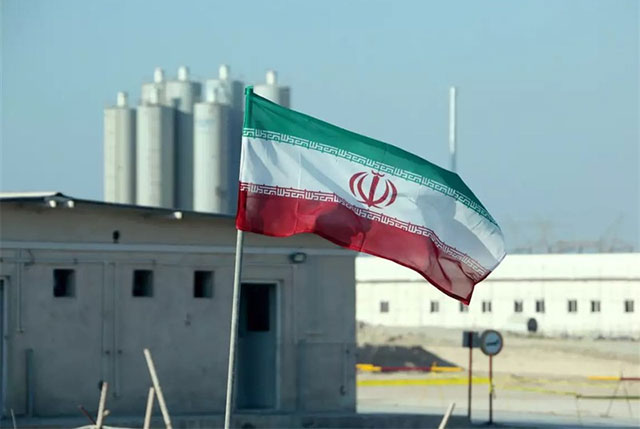
U.S. Strikes Iranian Nuclear Sites: Region on the Brink of Major Escalation
Photo: Tasnim
U.S. Strikes Iranian Nuclear Sites: Region on the Brink of Major Escalation
Tashkent, Uzbekistan (UzDaily.com) — On the night of 22 June 2025, U.S. Air Force conducted a massive strike on three of Iran’s key nuclear facilities — Fordow, Natanz, and Isfahan.
The operation involved B-2 Spirit strategic bombers armed with GBU-57 Massive Ordnance Penetrators, along with Tomahawk cruise missiles reportedly launched from submarines.
President Donald Trump hailed the operation as a “tremendous military success,” claiming the “complete destruction of targets.” According to Washington, all U.S. forces safely exited Iranian airspace following the strike.
Reactions in U.S. political circles were divided. Democratic Senator John Fetterman voiced full support, labeling Iran the “chief sponsor of global terrorism.”
Meanwhile, members of the MAGA Republican wing, including Marjorie Taylor Greene and Thomas Massie, condemned the attack as illegal and a dangerous attempt to ignite a new Middle East war.
Tehran confirmed the strikes on its nuclear sites but stated that radiation levels outside the targeted zones remained within safe limits.
Iranian Foreign Minister Araghchi called the U.S. actions “an unprecedented act of aggression that undermines diplomacy,” and stressed that Iran reserves the right to respond in self-defense.
Iran’s permanent representative to the United Nations has requested an emergency UN Security Council meeting to address the aftermath of the strike.
Almost immediately after the U.S. attack, Iran’s armed forces launched retaliatory missile strikes on Israeli targets. Reports indicate that around 30 ballistic missiles and drones were fired at Haifa and Tel Aviv, with several hitting their targets.
Iranian media also reported a series of airstrikes on military facilities in western Iran and the execution of Majid Mosaiebi, accused of spying for Mossad.
UN Secretary-General António Guterres described the situation as “a dangerous escalation posing a threat to global security.”
The International Atomic Energy Agency (IAEA) confirmed that radiation levels remain within permissible limits.
The European Union urged both sides to exercise restraint, reiterating Iran’s right to self-defense but emphasizing the need for a diplomatic resolution.
Russia, through Deputy Security Council Chairman Dmitry Medvedev, accused the U.S. of provoking the conflict and warned of the risk of broader escalation.
Oman condemned the U.S. actions, while Saudi Arabia expressed “deep concern,” and Bahrain advised its citizens to avoid traveling to areas at risk of further strikes.
Experts warn that the U.S. strike may lead to long-term destabilization in the Middle East. Iran continues to build up its missile arsenal, and the likelihood of further retaliation remains high.
A ground escalation is not ruled out, especially if further provocations or foreign interventions occur.
Within the U.S., public opinion remains split — some view the strike as a display of resolve, while others see it as a dangerous return to the military adventurism of the past.
Markets have already responded: oil prices surged sharply, and investors are moving assets into gold and other safe havens.